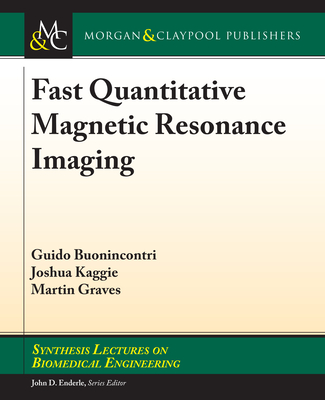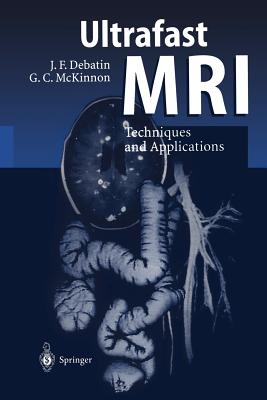商品描述
Principles of Magnetic Resonance Imaging provides a contemporary (2016) introduction to the fundamental concepts of MRI and connects these concepts to the latest MRI developments. Graphic illustrations are used to visualize the complete solution to the Bloch Equation and to clarify underlying biophysical processes, simplified calculations and specific examples are used to add precision in appreciating abstract concepts, and insightful interpretations and clinical examples are presented to appreciate biomedical information in MRI signal. This book contains three parts: I. Section the body into voxels. Part I describes the Fourier encoding matrix for an imaging system, realization of Fourier encoding using the gradient field in magnetic resonance, and k-space sampling. II. What’s in a voxel? Part II examines the effects of the biophysical processes in a voxel on MRI signal. A unified distributional evaluation of the phase factor in a voxel and intuitive biophysical models are developed for MRI signal dependence on Spin fluctuation in a thermal microenvironment, which leads to T1/T2 relaxation rates reflecting cellular contents in a water voxel. Micro- and macro physiological motion, which includes diffusion, perfusion, flow and biomechanical motion. Molecular electron response to the B_0 field, which leads to magnetic susceptibility and chemical shift. The connection of MRI contrast physics to biomedical applications is visualized in the following three terms: 1) cellularity for T2 weighted imaging and diffusion weighted imaging (the latter emphasizing cellular geometry), 2) vascularity for T1 weighted imaging with Gadolinium injection, MR perfusion, and MR angiography, and 3) biomolecularity for MR spectroscopy, and tissue magnetism with emphasis on biometallic imaging. III. How to operate MRI? Part III describes MRI safety issues, hardware, software, MRI scanning, and routine MRI protocols. This MRI book also uses basic concepts to demonstrate and expose students to the latest technological innovations, including: B_(1+)and B_(1-) mapping; Chemical exchange saturation transfer (CEST); Electric property tomography (EPT); Magnetic particle imaging (MPI); MR elastography (MRE); Moving spin tagging including ASL, TRUST, SPAMM and DENSE; Navigator motion compensation; Parallel or accelerated imaging including SENSE, GRAPPA, compressed sensing, simultaneous multiple slices and other Bayesian approaches; Quantitative susceptibility mapping (QSM).
商品描述(中文翻譯)
《磁共振成像原理》提供了當代(2016年)對MRI基本概念的介紹,並將這些概念與最新的MRI發展相連結。書中使用圖形插圖來可視化Bloch方程的完整解,並澄清潛在的生物物理過程,簡化的計算和具體的例子用於增強對抽象概念的理解,並提供深刻的詮釋和臨床例子,以便理解MRI信號中的生物醫學信息。本書包含三個部分:
I. 將身體劃分為體素。第一部分描述了成像系統的傅立葉編碼矩陣,利用磁共振中的梯度場實現傅立葉編碼,以及k空間取樣。
II. 體素中包含什麼?第二部分探討了體素中的生物物理過程對MRI信號的影響。針對體素中的相位因子的統一分佈評估和直觀的生物物理模型被開發,以解釋MRI信號對熱微環境中自旋波動的依賴,這導致T1/T2弛豫率反映水體素中的細胞內容。微觀和宏觀生理運動,包括擴散、灌注、流動和生物力學運動。分子電子對B_0場的響應,導致磁性敏感性和化學位移。MRI對比物理學與生物醫學應用的關聯在以下三個術語中可視化:1) T2加權成像和擴散加權成像的細胞性(後者強調細胞幾何),2) T1加權成像中注射鉺的血管性、MR灌注和MR血管造影,3) MR光譜學和組織磁性中強調生物金屬成像的生物分子性。
III. 如何操作MRI?第三部分描述了MRI的安全問題、硬體、軟體、MRI掃描和常規MRI協議。本書還使用基本概念來展示並讓學生接觸最新的技術創新,包括:B_(1+)和B_(1-)映射;化學交換飽和轉移(CEST);電性特性成像(EPT);磁性粒子成像(MPI);MR彈性成像(MRE);移動自旋標記,包括ASL、TRUST、SPAMM和DENSE;導航運動補償;平行或加速成像,包括SENSE、GRAPPA、壓縮感知、同時多切片和其他貝葉斯方法;定量敏感性映射(QSM)。











